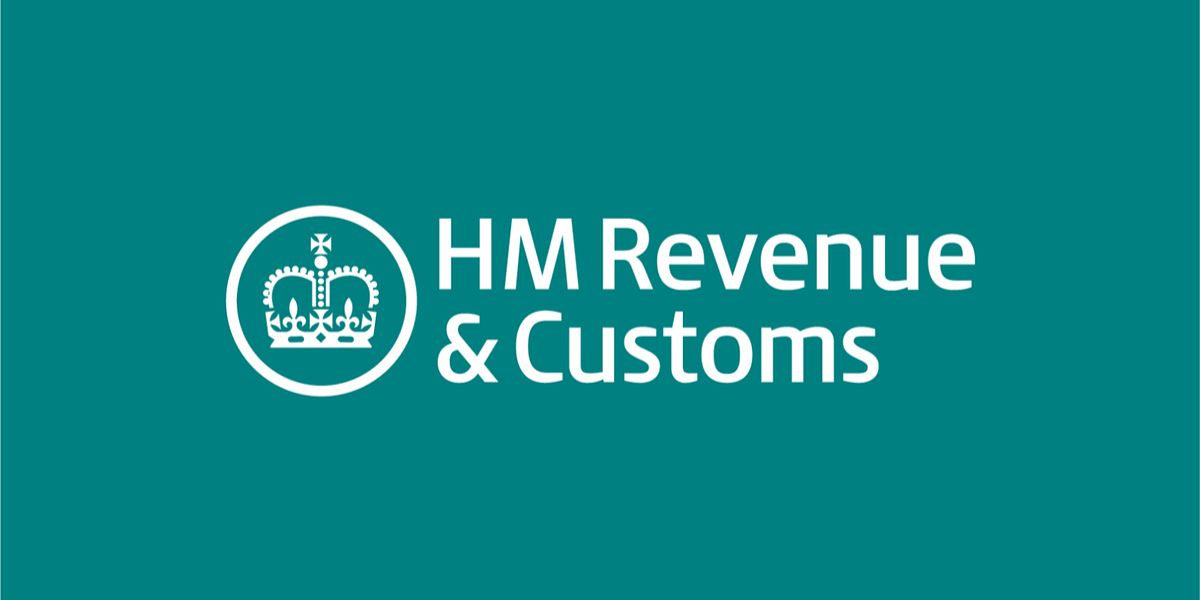On 21 July 2020 the UK government issued a strategy document entitled Building a trusted, modern tax administration system in which it set out a ten-year strategy for a tax administration system that can offer support to taxpayers, increase productivity and build trust.
More Effective Tax Administration
The goal is that taxpayers should be able to view their tax through a single online account and access effective support when needed. The digital system should allow ease of use and transparency. The tax administration system should permit third party software suppliers to align their systems more closely with those used by HMRC, so that innovative services could be offered to taxpayers. This would allow better analysis of company performance and opportunities to increase productivity and profits.
The UK has lagged behind in relation to productivity. There is evidence that the most digitally engaged businesses can save one day per week in administration time and costs by going digital. Adoption of key technologies could help to reduce the difference between the most and least productive businesses in the UK.
Modern Tax System
Digital services are to be extended to more taxpayers and agents, and systems should work closer to real-time. Taxpayers can have a more up-to-date view of their tax position and the system can remove opportunities for error. More real time information would allow HMRC to design better targeted taxes and tax relief.
The legal framework for tax administration will need to be changed to enable the digital services to be delivered. The laws will be amended to support effective tax administration.
Reducing the Tax Gap
The UK tax gap is 4.7% but there are significant differences between types of taxpayers and taxes. The PAYE tax gap is only 1% but there is a 13% tax gap for self-assessment taxpayers. More efficient tax administration can reduce both the total tax gap and some of its larger constituent gaps, while lowering the cost of running the system as a whole, making savings for taxpayers.
The Need for Reform
Although digital tax services have increased, many of the services are still based on old technology and manual, paper-based processes. The time-lagged system is out of step with the current world in which smart devices, streaming services and social media platforms are used for communicating, earning money and paying for goods and services.
The COVID-19 crisis has highlighted the need for a more flexible tax system. With more timely data HMRC could have designed the support schemes with more flexibiity. The Self-Employment Income Support Scheme could have been delivered more quickly instead of being delayed by the need to extract and reconfigure relevant data.
The strategy to be taken forward in the medium term includes the extension of Making Tax Digital (MTD) to more taxpayers; a review of the timing and frequency of paying various taxes; and a reform of the tax administration framework including registration and identification of taxpayers.


















